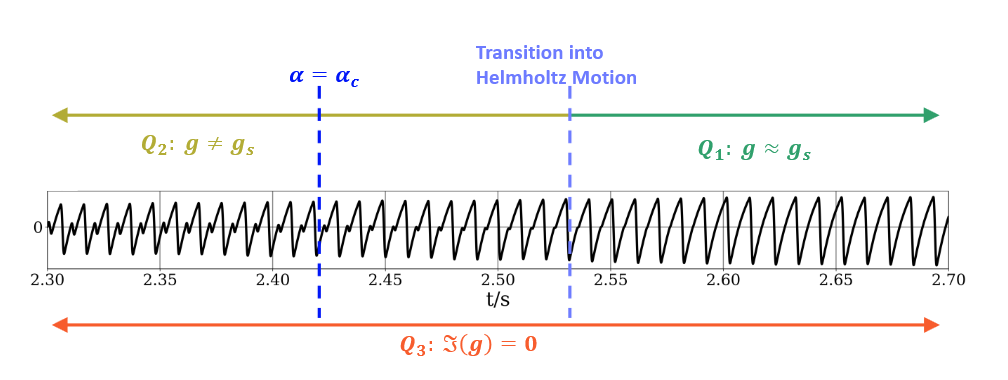https://doi.org/10.1121/2.0001683
This publication descibes how the IPF can be used to model the minimum bow force to produce stabel sounds on bowed string instruments in a dynamical manner.
With bowed string instruments, the minimum bow force necessary to produce stable Helmholtz motion has often been discussed over the last decades. If the bowing force is too small or the bowing velocity too large, no stable tone is produced, and bifurcations or noise occurs.
Real bowing is measured on an experimental pendulum for self-organized bowing. Bowing force and velocity are recorded during the transitions from bifurcation to stable tone production. Then the IPF is used under a Simulated Annealing paradigm to reproduce this behavior, using the measured bowing pressure and velocity as input parameters. Compared to previous models, the IPF predicts minimum bow force with much higher precision, which is caused by bowing being a nonlinear dynamical system, including, e.g., hysteresis. In contrast, previous works mainly used analytical equations, therefore not considering the self-organizing nature of the process.
Thus, the IPF can synthesize transition intoHelmholtz motion,
which carefully reproduce the dynamic behaviour of a recording.
By concatenating typical instrument waveforms at adjacent impulse time points, a more realistic reproduction can be obtained.
